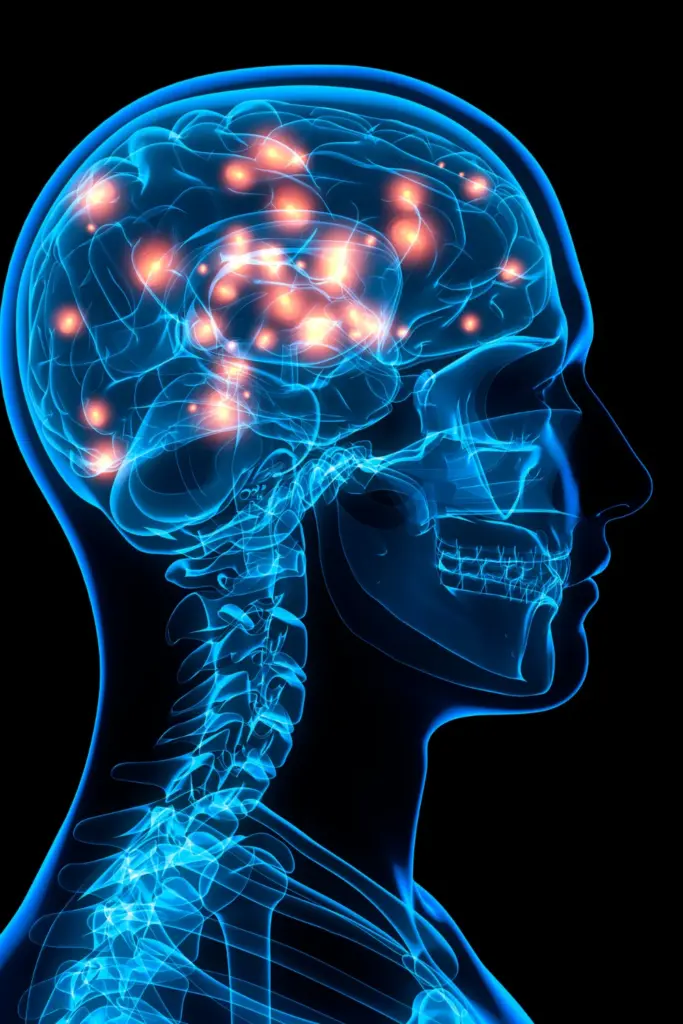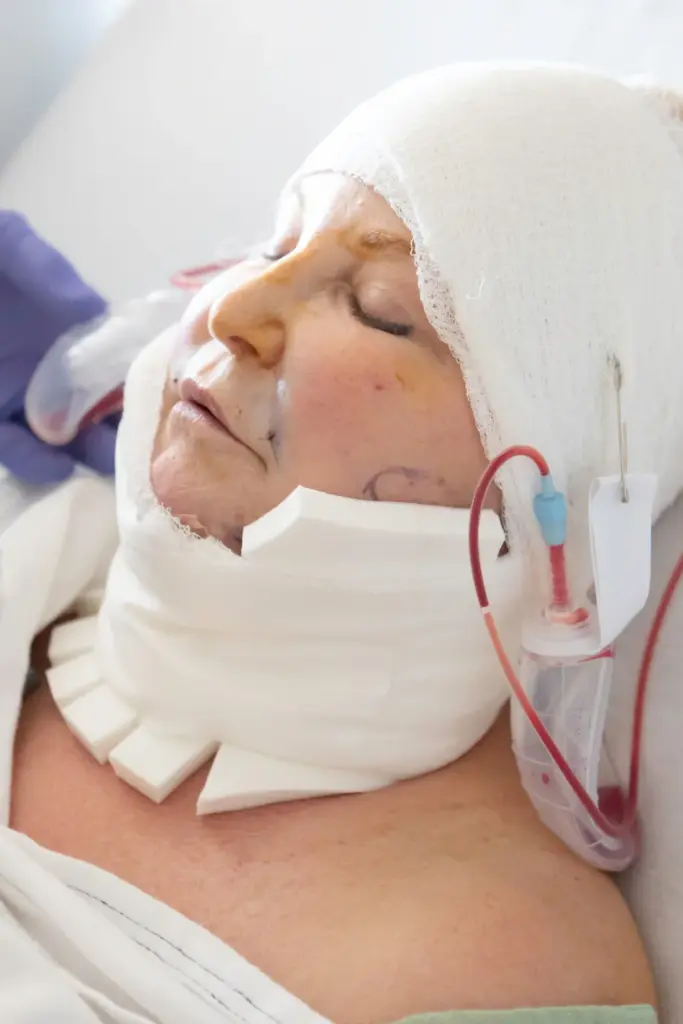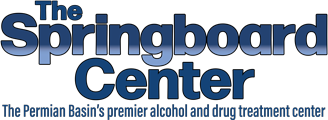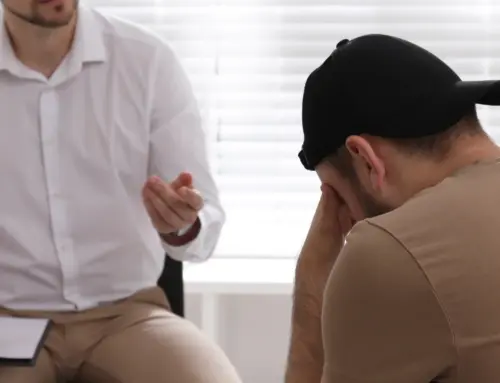The brain can rebuild itself after trauma — but not in the way you might expect. At 2 am in a hospital room, a family watches their loved one emerge from a coma. In a physical therapy gym, a patient takes their first steps after months of immobility.
These are snapshots of traumatic brain injury (TBI) recovery, a journey that defies simple timelines and cookie-cutter solutions.
Each day brings both victories and setbacks. A patient might regain speech but struggle with memory, or master walking while battling depression.
Understanding the TBI recovery stages is crucial for patients and their families, as it provides a roadmap to navigate the complexities of healing — so let’s explore it together.
Related: Alcohol Withdrawal Seizure: Signs, Symptoms, and When to Seek Help
What is Traumatic Brain Injury?

Traumatic Brain Injury refers to any injury to the brain caused by an external force, such as a blow to the head or a penetrating injury.
TBIs can range from mild concussions to severe brain damage, and their effects can be profound and long-lasting. Each year, millions of people experience TBIs, and the consequences can extend beyond the individual to impact families, friends, and communities.
While these can happen entirely by accident, TBIs are common in those who are struggling with alcohol and/or drug addiction.
Understanding TBI and the traumatic brain injury phases is the first step toward recovery, as it helps patients and their loved ones grasp the challenges ahead and the resources available to support them.
Primary Brain Injuries: Traumatic Brain Injury Phases
Concussions and Mild TBI
Concussions are often labeled as “mild” TBIs, but don’t let the terminology fool you.
A concussion can disrupt brain function and lead to a variety of symptoms, including headaches, confusion, dizziness, and memory issues.
Recognizing the signs of a concussion is vital, as early intervention can significantly improve recovery outcomes. This is why if you or someone you know has experienced a head injury, it’s essential to seek medical attention promptly.
The recovery process for concussions typically involves rest and a gradual return to normal activities.
Following a structured TBI rehabilitation timeline can help patients and families stay on track during the recovery process. It’s crucial to listen to your body and avoid pushing through symptoms, as this can lead to prolonged recovery or further injury.
Brain Swelling (Edema)
Brain swelling, or edema, is a serious condition that can occur after a TBI.
When the brain swells, it can increase pressure within the skull, potentially leading to further damage. This condition requires immediate medical attention, as it can be life-threatening. Treatment often involves medications to reduce swelling and, in some cases, surgical interventions to relieve pressure.
Symptoms of this may include severe headaches, nausea, vomiting, and changes in consciousness.
If you notice these signs in yourself or a loved one after a head injury, seek emergency medical care without delay.
Skull Fractures
A skull fracture is another potential consequence of TBI. These fractures can vary in severity and may or may not involve damage to the brain itself. Symptoms can include visible deformities, swelling, bruising, and neurological changes. Diagnosis typically involves imaging studies, such as CT scans or MRIs, to assess the extent of the injury.
Treatment for skull fractures depends on their severity. Some may heal on their own with rest and monitoring, while others may require surgical intervention to repair the fracture and prevent complications.
Related: What is a Functional Alcoholic?: Tips, Myths & Realities
Hypoxia/Anoxia
Hypoxia and anoxia refer to conditions where the brain is deprived of oxygen. Hypoxia means there is a reduced supply of oxygen, while anoxia indicates a complete lack of oxygen.
Both conditions can result from various factors, including drowning, choking, or severe head trauma.
The effects on the brain can be devastating, leading to cognitive impairments, motor dysfunction, and emotional challenges.
Immediate medical intervention is critical in cases of hypoxia or anoxia. Treatment may involve oxygen therapy and supportive care to minimize brain damage.
Effective post-TBI treatment for this often involves a combination of therapies tailored to the individual’s needs and circumstances.
Acute Care Stage

The brain injury recovery process is often nonlinear, with patients experiencing setbacks and breakthroughs along the way. Yet there are usually predictable steps to look out for.
Initial Treatment
The acute care stage begins immediately after a TBI occurs. In the emergency room, medical professionals will assess the patient’s condition, often using a series of tests to determine the severity of the injury. This initial treatment phase is crucial, as timely interventions can significantly impact recovery outcomes.
During this stage, families play a vital role. Being present, asking questions, and advocating for the patient’s needs can help ensure that the best possible care is provided. It’s essential to communicate openly with healthcare providers and understand the treatment plan moving forward.
Medical Stabilization
Once a TBI patient is stabilized, the focus shifts to medical stabilization. This process involves monitoring vital signs, managing pain, and addressing any complications that may arise. Healthcare teams often include neurologists, trauma surgeons, and rehabilitation specialists who work collaboratively to provide comprehensive care.
Families should be prepared for a potentially lengthy stabilization process. It’s essential to remain patient and supportive, as the medical team will be working diligently to ensure the best possible outcome for the patient. Keeping a journal of medical updates and questions can help families stay organized and informed during this time.
Related: Addiction vs Dependence: Why These Terms Aren’t Interchangeable
Early Interventions
Early interventions are critical in the acute care stage. These may include physical therapy, occupational therapy, and speech therapy, depending on the patient’s needs.
Engaging in rehabilitation as soon as possible can help mitigate the effects of the injury and promote faster recovery.
Various TBI therapy methods are employed to address the diverse needs of patients recovering from brain injuries. Whichever one might be best for the specific TBI, families should actively participate in the rehabilitation process. Encouraging the patient to engage in therapy sessions, celebrating small victories, and providing emotional support can make a significant difference in their recovery journey.
Remember, every step forward, no matter how small, is a step toward healing.
Sub-acute Recovery Phase
Physical Therapy
As patients transition into the sub-acute recovery phase, physical therapy becomes a cornerstone of rehabilitation. The primary goal is to restore mobility, strength, and coordination. Physical therapists will work with patients to develop personalized exercise plans that cater to their specific needs and abilities.
Progress may be slow at times, but consistency is key. Understanding the brain trauma healing stages can provide clarity and hope for patients and their families.
Occupational Therapy
Occupational therapy focuses on helping patients regain the skills necessary for daily living. This may include activities such as dressing, cooking, and managing personal hygiene. Occupational therapists assess the patient’s abilities and create tailored plans to address specific challenges.
Family involvement is crucial in this phase. Encouraging independence while providing support can help patients regain confidence in their abilities. It’s important to recognize that recovery is a gradual process, and patience is essential.
Speech Therapy
For many TBI patients, speech therapy is a vital component of recovery. However, the hope of neuroplasticity recovery highlights the brain’s remarkable ability to adapt and reorganize itself after injury even during all the struggles you might be going through.
Communication difficulties can arise from cognitive impairments or physical challenges affecting speech. Speech therapists work with patients to improve their communication skills, whether through verbal language, writing, or alternative communication methods.
Families can play a supportive role by practicing communication skills with the patient at home. Engaging in conversations, reading together, and using visual aids can enhance the effectiveness of speech therapy. Remember, progress may take time, but every effort counts.
Long-term Recovery Stage
Cognitive Rehabilitation
This process involves addressing cognitive deficits such as memory loss, attention difficulties, and problem-solving challenges.
Families should be aware of the cognitive challenges their loved ones may face and be prepared to provide support. Encouraging mental exercises, such as puzzles or memory games, can help stimulate cognitive function. Additionally, maintaining a structured routine can provide stability and aid in cognitive recovery.
Emotional Adjustment
Patients may experience a range of emotions, including frustration, sadness, and anxiety. It’s essential for families to recognize these emotional challenges and provide a supportive environment for healing.
Encouraging open communication about feelings and emotions can help patients process their experiences. Seeking professional counseling or support groups can also be beneficial for both patients and families.
Remember, emotional recovery is just as important as physical recovery, and both require attention and care.
Social Reintegration
Social reintegration is often one of the most challenging aspects of TBI recovery. Patients may struggle to reconnect with friends, family, and their community. It’s essential to approach this phase with empathy and understanding, recognizing that social interactions may feel overwhelming.
Families can help facilitate social reintegration by encouraging participation in social activities and gradually reintroducing the patient to their social circles. Highlighting success stories of others who have navigated similar challenges can inspire hope and motivate patients to engage with their communities.
We Help Support TBI Patients Through Recovery
At The Springboard Center, we understand TBI can add additional challenges to attaining long-term sobriety. However, we believe recovery is possible for anyone despite the personal complexities.
Our holistic approach focuses on healing the mind, body, and spirit through evidence-based practices and compassionate care, guiding patients through the different stages of recovery.
From medical detoxification to our residential program and outpatient program, our dedicated team is here to provide the support you need. We believe in the power of hope and recovery, and we are committed to helping you navigate the challenges ahead with dignity and respect. If you or a loved one is recovering from a TBI caused by drugs or alcohol, reach out today to get started in your journey toward healing.




